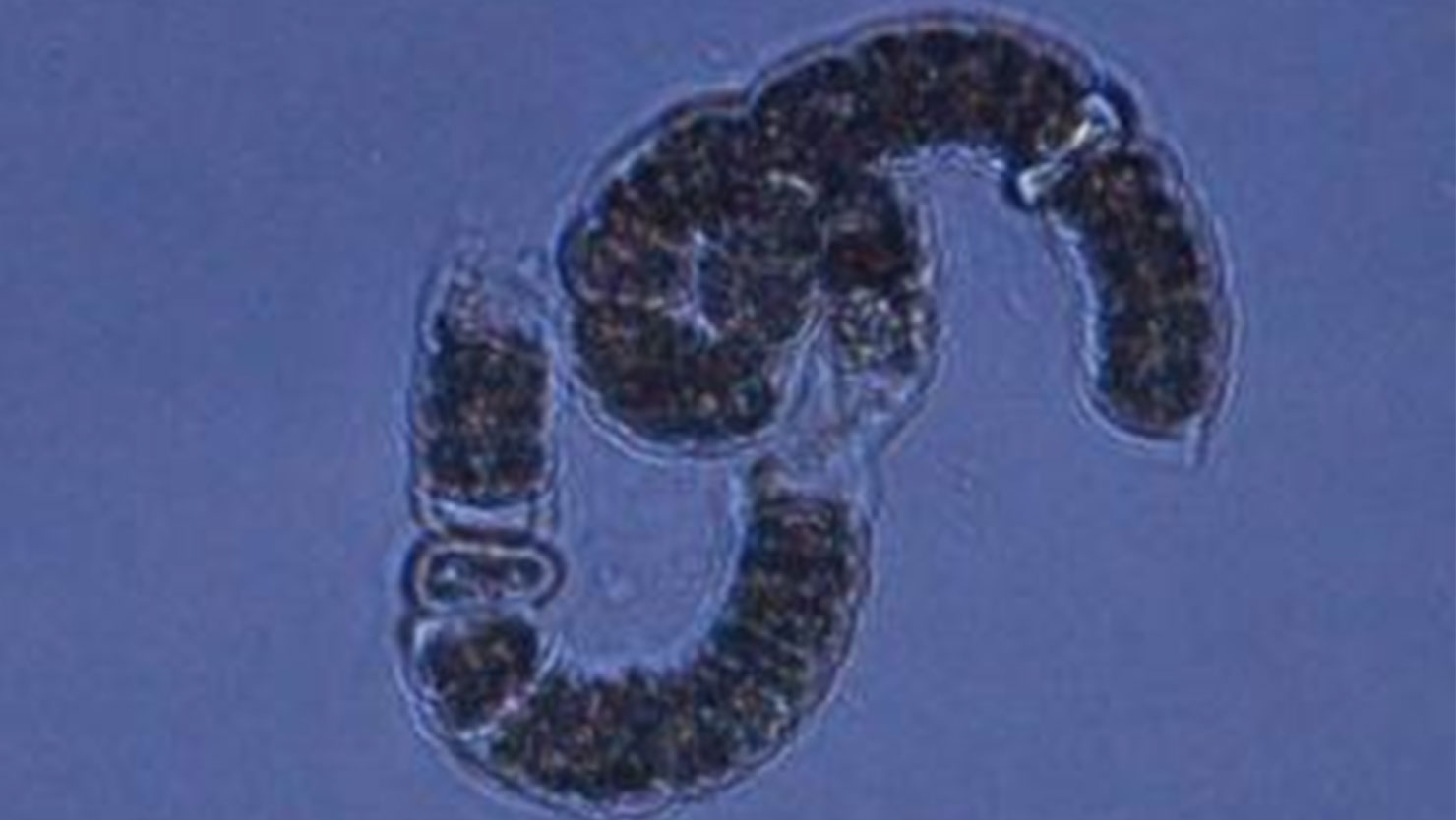Heading north with more daylight

After spending a couple of days visiting with my family in Stockholm, I boarded a ferry boat to Blidö and rejoined the Sorcerer II crew to head north to the Bothnian Sea. Before departing, we sampled in the bay outside Dr. Norrby’s summer house. The last days of fantastic summer weather had warmed the water to about 20º C in the little bay, and we found our first specimen of Nodularia spumigena, the most conspicuous toxin producing bloom-forming cyanobacteria in the Baltic Sea. Just like Aphanizomenon this cyanobacteria have heterocysts, cells specialized for fixing nitrogen from the atmosphere.
We continued to sail through the night, and the crew was amazed by the light Nordic summer nights and the sunrise at 3:30 AM. The following afternoon we reached our next sampling site, one of the Helsinki Commission, or HELCOM, monitoring stations in the Baltic Sea. HELCOM has been working to protect the marine environment of the Baltic Sea for 35 years, and the monitoring stations enable researchers to identify and quantify the effects of anthropogenic discharges/activities in the Baltic Sea.
Tomorrow we continue north and meet up with Swedish scientists from Umeå Marine Research Center (UMF).